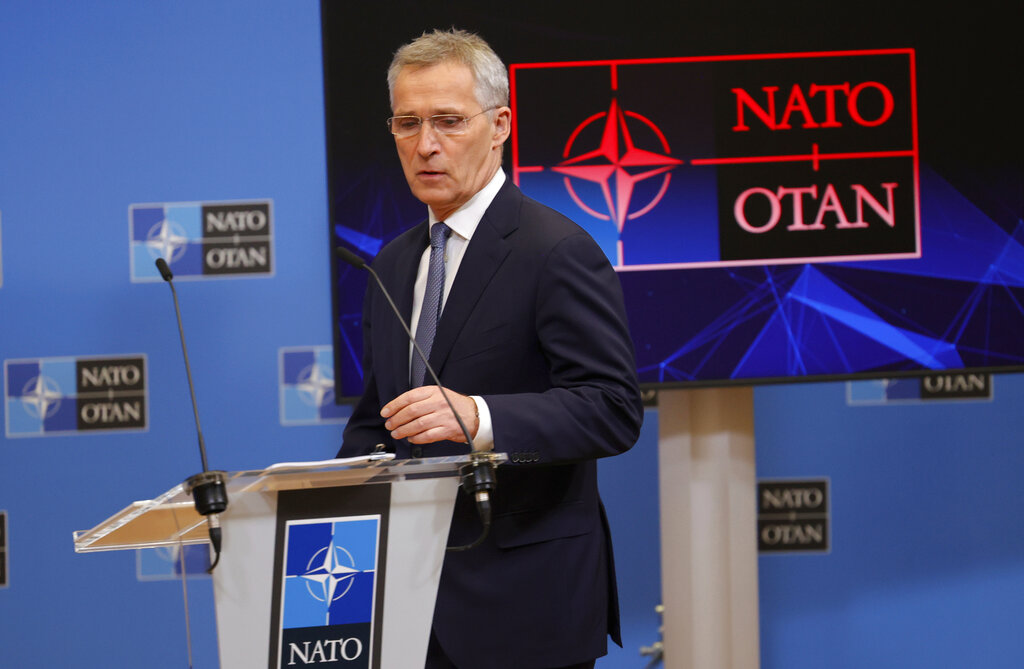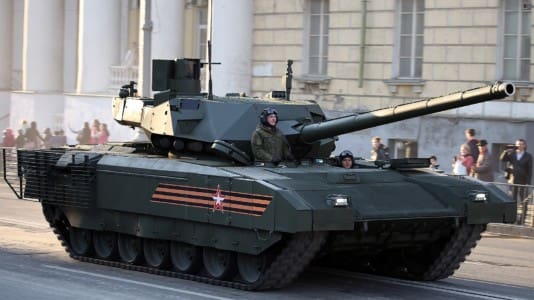Robert Murray, a fellow at Johns Hopkins University and former head of NATO’s innovation department, has come up with a novel idea in an opinion piece in the Financial Times.
He points to the paradox between the current security situation and the defense budgets of NATO members. Under an agreement signed at the 2014 Wales summit, member states pledged to spend 2 percent of their GDP on defense within 10 years, by 2024. It is already clear that the majority of member states will not meet this target. Hungary will, and the years-long process of its development program will not only ensure a defense budget equal to 2 percent of its GDP by the target date, but also place Hungary first in terms of equipment procurement and development spending.
Murray joins the camp that says 2 percent is a ridiculously low amount. As he writes, it is now not only the war in Ukraine that poses a continuing threat to the alliance, but also China’s geopolitical and military strength, which will sooner or later presumably lead to armed conflict. However, reaching the 2-percent target seems almost utopian, mainly because of the divergence and irregularity of member states’ budgetary priorities. With some members failing to meet their commitments to their national militaries, this means NATO’s overall strength is weakened.
Murray’s answer is a collective credit institution. The idea is perfectly logical, but gathering the necessary financing might not be. Murray envisages a bank that would start with a balance sheet of $300 billion, a new financing structure, and long and low-interest repayment terms.
This would guarantee strategic investments, avoiding the negative effects of member states’ commitment to short-term spending. In that, at least, Murray is absolutely right: One of the reasons for the current global shortage of ammunition and weapons is precisely the unwillingness of governments to enter into long-term contracts with manufacturers; they are thus reluctant to invest astronomical amounts in capacity building.
This isn’t the first time there has been talk of such a bank. In its previous iteration, the plan failed to raise the necessary funds to set it up, and surely the same would happen now. The seed money cannot be raised by the member states, as they cannot even meet the 2-percent target.
That leaves the idea of joint borrowing, which is also unrealistic. Germany, for example, took out a €1 billion loan to get its own army into shape (although it did nothing), which has already put the German central bank off. Finance Minister Christian Lindner does not want to hear of any joint borrowing, either within NATO or the European Union.
NATO leadership will not be able to force the member states to take on a new burden while already struggling to reach the existing budget commitment. Would they consider spending a not inconsiderable part of their own budget to achieve this new goal?
In addition to the financing problem, there was also the question of how it would operate, i.e., who could access the accumulated money, in which cases, and under what conditions.






